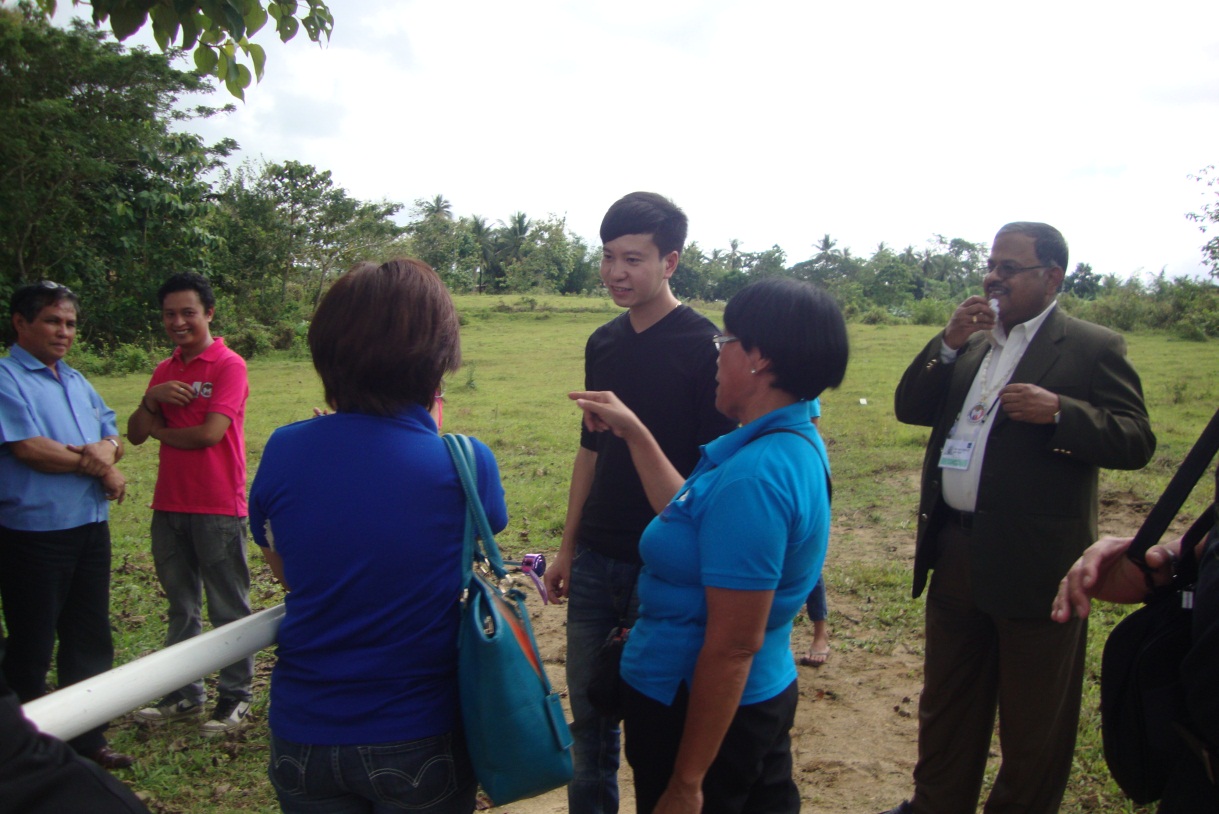
The Department of Social Welfare and Development (DSWD) and the Asian Development Bank (ADB) recently organized the Community-Driven Development (CDD) learning visit in the Philippines participated in by Developing Members Countries (DMC) representatives from Bangladesh, Cambodia, the Federated States of Micronesia, Mongolia, Myanmar, Timor-Leste, and Vietnam.
Highlight of the CDD learning visit was for the DMC country representatives to study the principles, strategies, and practices of Kapit Bisig Laban sa Kahirapan-Comprehensive and Integrated Delivery of Social Service (Kalahi-CIDSS) implementation to alleviate poverty in the Philippines.
The learning visit also looked into the key elements, features, and processes of Kalahi-CIDSS. It provided the participants the opportunity to identify strategies and lessons learned from Kalahi-CIDSS that they can use in order to develop or enhance CDD implementation in their own countries.
The participants and selected DSWD and ADB staff visited two municipalities in Bohol to give the DMC representatives an opportunity not only to study how Kalahi-CIDSS is implemented at the ground level, but also the chance to talk personally with the beneficiaries and learn about the positive effects of the program in the communities.
DSWD Assistant Secretary Camilo G. Gudmalin lauded the ADB and the DMC representatives for sharing the gains and successes of Kalahi-CIDSS. “We have seen the power of CDD for ourselves through Kalahi-CIDSS,” he said in his message to the participants during the briefing session on February 4, held at the ADB Auditorium in Ortigas.
He called on the participants to look beyond the academic level offered by the learning visit. “The bottom line of what we are doing in community-driven development is that we are and will always be focused on the beneficiaries. We build up on human capital, that is, our beneficiaries who are our primary stakeholders. Let us take the privilege offered by this learning visit to explore ideas and strategies that would put their needs at the forefront,” Assistant Secretary Gudmalin said.
CDD is a poverty alleviation strategy that puts power back in the hands of the people by giving them the opportunity to have active control in deciding which sub-projects will be implemented in their communities. The goal of Kalahi-CIDSS is to train people who are capable of mobilizing themselves into an empowered citizenry who actively push for the development of their communities.
The Kalahi-CIDSS which is one of the three core poverty alleviation programs of the DSWD that gained its ten-year track record of success using the CDD strategy was recently approved by the National Economic Development Authority Board (NEDA) Investment Coordination Committee, headed by President Benigno Aquino III, as a national program for poverty alleviation. Dubbed as the National Community Driven Development Program (NCDDP), its coverage will increase from 367 to 900 municipalities in 16 regions across the country. ###


